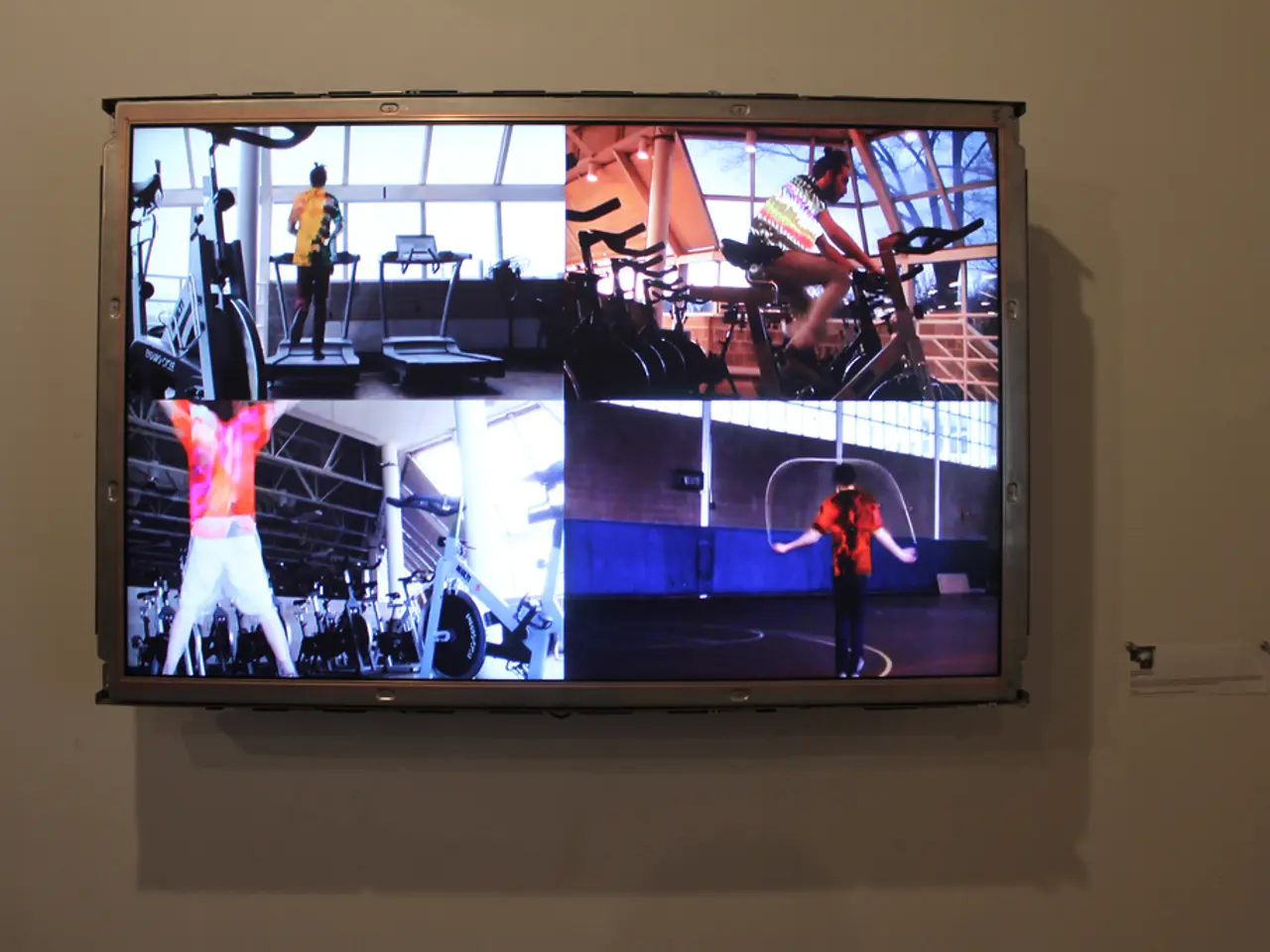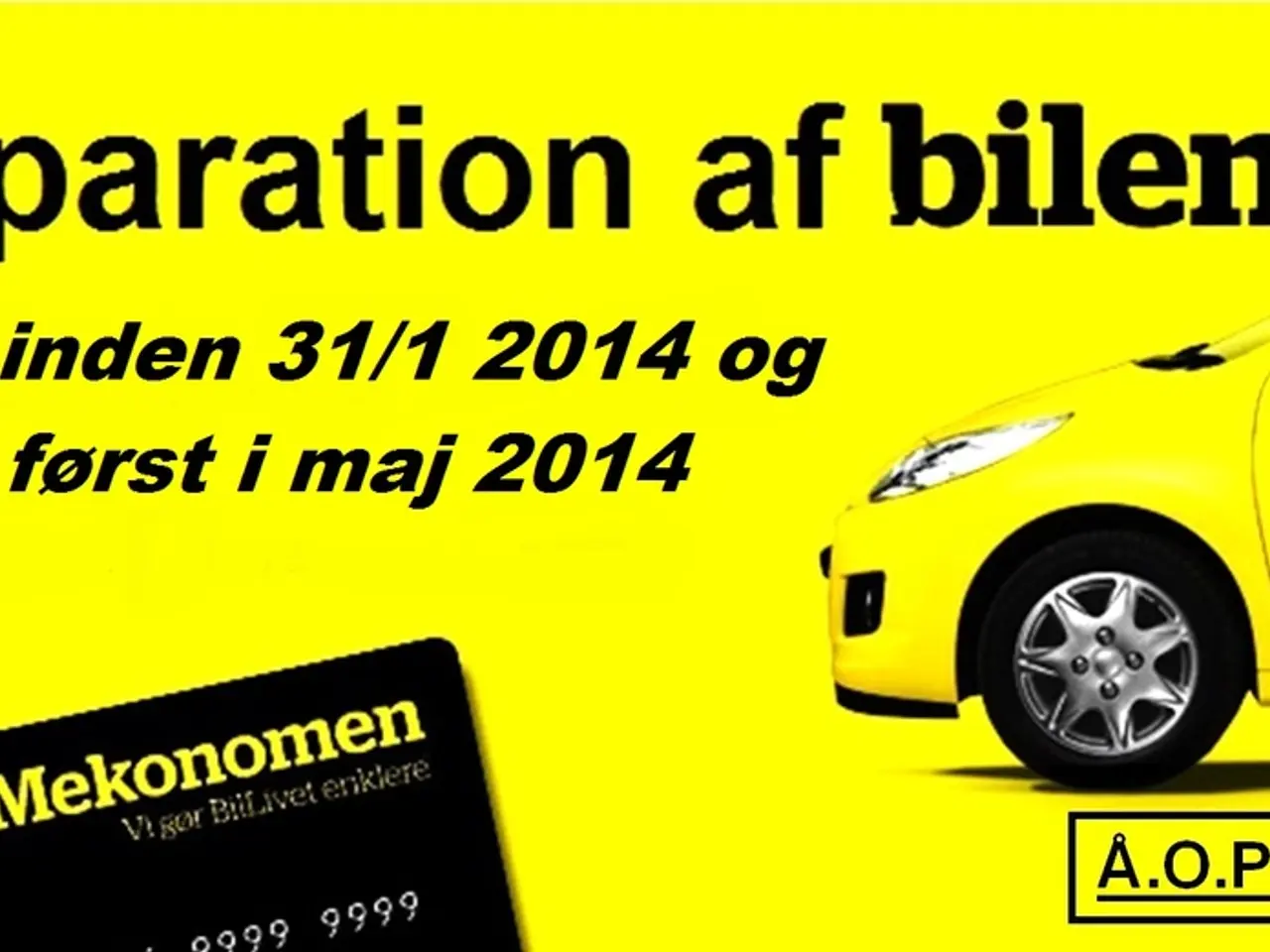Quantum web reveals fresh perspectives on Einstein's theory of relativity
A groundbreaking study, published in the prestigious journal PRX Quantum, has set the stage for the exploration of quantum networks as a tool to delve into the complex interplay between quantum mechanics and Einstein's General Theory of Relativity. The research, led by Professor Igor Pikovski from the Stevens Institute of Technology, aims to test the relationship between these two fundamental theories, shedding light on a long-standing challenge in modern physics.
The proposed quantum internet research employs quantum networking technology to investigate the influence of curved spacetime on quantum mechanics. By utilising distributed systems such as atomic clocks in superpositions, researchers aim to measure the differential flow of time in curved space-time, a key aspect of Einstein's theory of gravity.
One of the key approaches in this research is the use of entangled particles to transmit information securely and efficiently. This setup allows for the examination of quantum mechanical phenomena, such as quantum entanglement, within the context of curved space-time.
The study also involves designing experiments that can test the effects of general relativity on quantum systems. This includes setting up quantum circuits and networks that can measure gravitational effects on quantum phenomena, providing insights into how these two theories interact.
Professor Pikovski and his team propose a test using entangled W-states in atomic clocks and examining how the quantum effects in these systems are influenced by the curvature of spacetime near Earth. This would be the first time such a test is conducted, potentially uncovering modifications to quantum mechanics due to gravity, as suggested by some theories.
While the technology for a quantum internet is not yet ready for rollout, this research underscores the potential of quantum networking technology in advancing our understanding of the universe. Theoretically, a quantum internet could transmit more data efficiently, quickly, and securely using entangled particles.
This research builds upon the existing use of atomic clocks to verify consequences of Einstein's theories. In fact, atomic clocks have already been used to confirm a consequence of Einstein's theories, specifically time dilation.
The ultimate goal of this research is to find a theory that unifies quantum mechanics and relativity, a significant goal in modern physics for many decades. By exploring the interplay between quantum networks and curved space-time, researchers hope to bring us one step closer to this ambitious goal.
The article was originally published by Cosmos, and it signifies an exciting new chapter in the quest to understand the intricate dance between the smallest particles and the largest structures in the universe.
[1] PRX Quantum, 2023, DOI: 10.1103/PRXQuantum.3.010301 [2] Gravity and Quantum Mechanics: Unification, DOI: 10.1016/S0370-2693(98)00024-5 [3] Living Review, DOI: 10.12942/lr-2006-1 [4] Quantum Computing and Quantum Information, DOI: 10.1093/qcomp/15.5.1031
The research harnesses quantum networking technology and employs entangled particles to test the influence of curved spacetime on quantum mechanics, a critical exploration that intertwines science, space-and-astronomy, and technology. The proposed experiments aim to uncover modifications to quantum mechanics due to gravity, potentially bringing us closer to a unified theory that integrates quantum mechanics and relativity.




